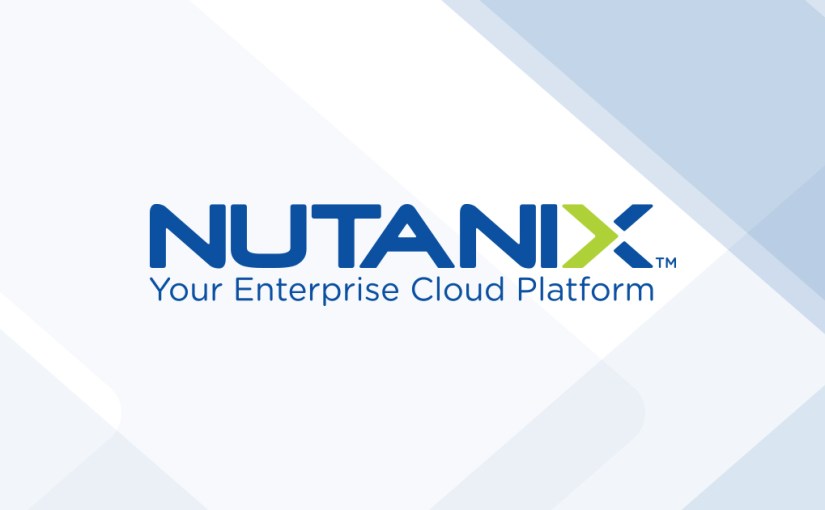When it comes to software updates Nutanix has two options for you- Short Term or Long Term support releases. What are the differences? Which one is best for you? Why would you want to be on one and not the other? These are great questions!! To make your choice easier here are some details on Nutanix’s STS vs. LTS Releases.
Short Term Support (STS) releases are released quarterly, have new features, Bug Fixes, and provide a regular upgrade path. But have a shorter support window, so you will have to upgrade to the next version every 3 to 6 months. SLS is best for customers that want to be on the bleeding edge and want new feature as they are announced.
OR
Long Term Support (LTS) releases are released on an Annually basis that is maintained for a longer duration, Minor feature introduction, and provide bug fixes primarily for an extended period. You will not get the latest feature set, but you upgrade less often and have support for longer. LTS is best for customers that don’t touch their cluster often and what stability.
Here is some more detail-
-
Short Term Support (STS)
- Release Schedule
- Quarterly
- Support Cycle
- 3 to 6 months of maintenance followed by 3 months of support
- Content
- Major new features
- Hardware platforms for new features
- Bug fixes
- Target Customer
- Customers that are interested in adopting new major features and can perform upgrades multiple times a year
- AOS Release Family
- 5.16.x, 5.17.x, 5.18.x
- Upgrade Paths
- To next upgrade path supported STS release OR
- To next upgrade path supported LTS release
- Release Schedule
-
Long Term Support (LTS)
- Release Schedule
- Annually
- Support Cycle
- 12 to 15 months of maintenance followed by 6 months of support
- Content
- Focused heavily on bug fixes
- Minor feature introduction
- Target Customer
- Customers that are interested in a release family with an extended support cycle
- AOS Release Family
- 5.10.x, 5.15.x
- Upgrade Paths
- To next upgrade path supported STS release OR
- To next upgrade path supported LTS release
- Release Schedule
-
Notes
- Prism Central – does not follow the Long Term Support Release (LTS) and Short Term Support Release (STS) tracks.
- Nutanix Files – does not follow the Long Term Support Release (LTS) and Short Term Support Release (STS) tracks.
Here are some scenarios-
**Note** – The AOS release dates listed in the examples below are examples only. They are not actual release dates, for real dates please visit this link.
-
Scenario 1:
- AOS 5.5 (LTS) was released in Dec 2017 and AOS 5.6 (STS) in Apr 2018.
- AOS 5.6 (STS) will be maintained until July 2018 and troubleshooting support for AOS 5.6 (STS) will be available until Oct 2018.
- AOS 5.5 (LTS) will be maintained until Apr 2019 and troubleshooting support until Oct 2019.
-
Scenario 2:
- A customer is running AOS 5.5 (LTS), but there is a new feature in a newer STS release, let us say AOS 5.8, that the customer wants to use.
- If they upgrade to AOS 5.8, they will now be on the STS release family, and their cluster will be on a maximum of 3 months maintenance (from official GA release) followed by a maximum of 3 months of support for AOS 5.8.
- The customer will then be required to upgrade to either a newer STS release or a newer LTS release (when available) to maintain support.
-
Scenario 3:
- A customer is running AOS 5.1.4, but does not want to upgrade to an STS release and prefers to remain within an LTS release; they should upgrade to AOS 5.5.2 (LTS).
- A downgrade of AOS is not supported, so if the customer upgrades to AOS 5.6, then they cannot downgrade to AOS 5.5.x (LTS) and will need to upgrade to either a newer STS or a newer LTS release to maintain support.
I hope you have enjoyed reading about Nutanix: STS vs. LTS Releases. What do you think of STS and LTS Releases? Is this something you are interested in? Feel free to leave a comment and let me know what you think!


